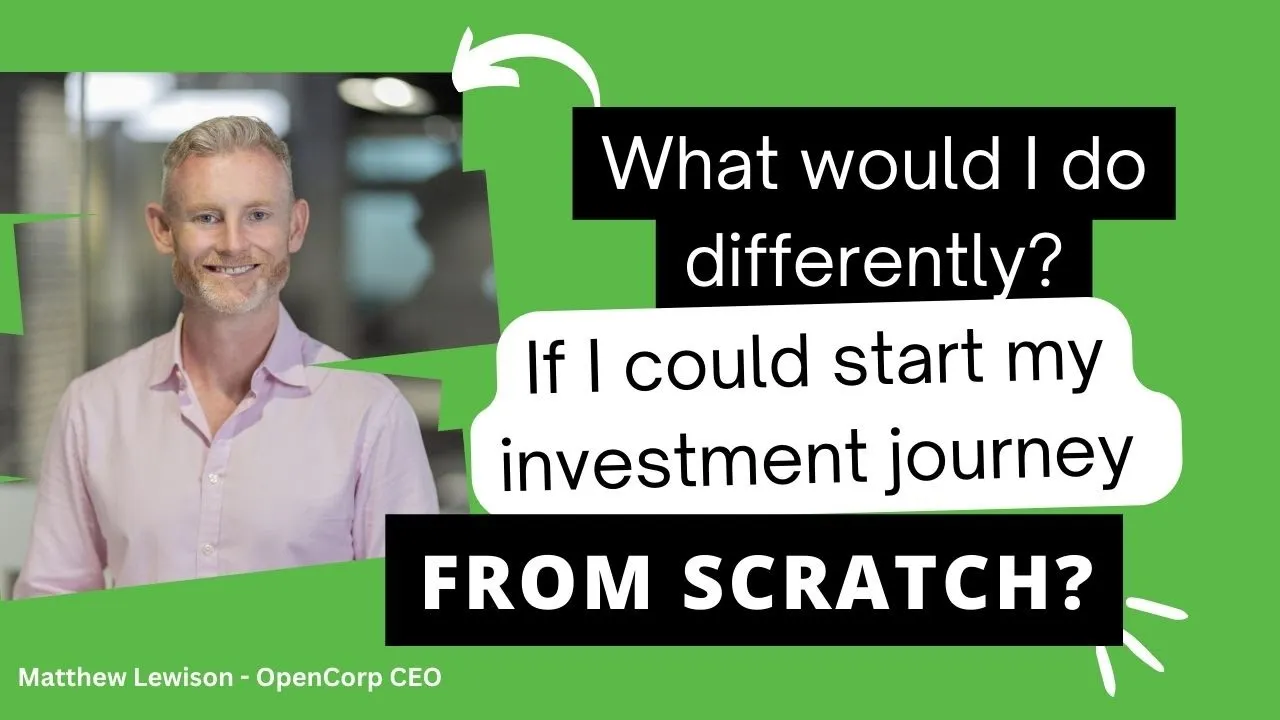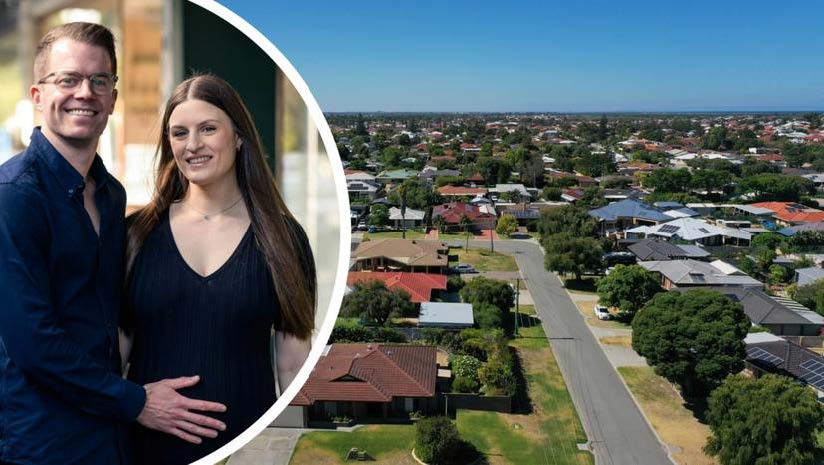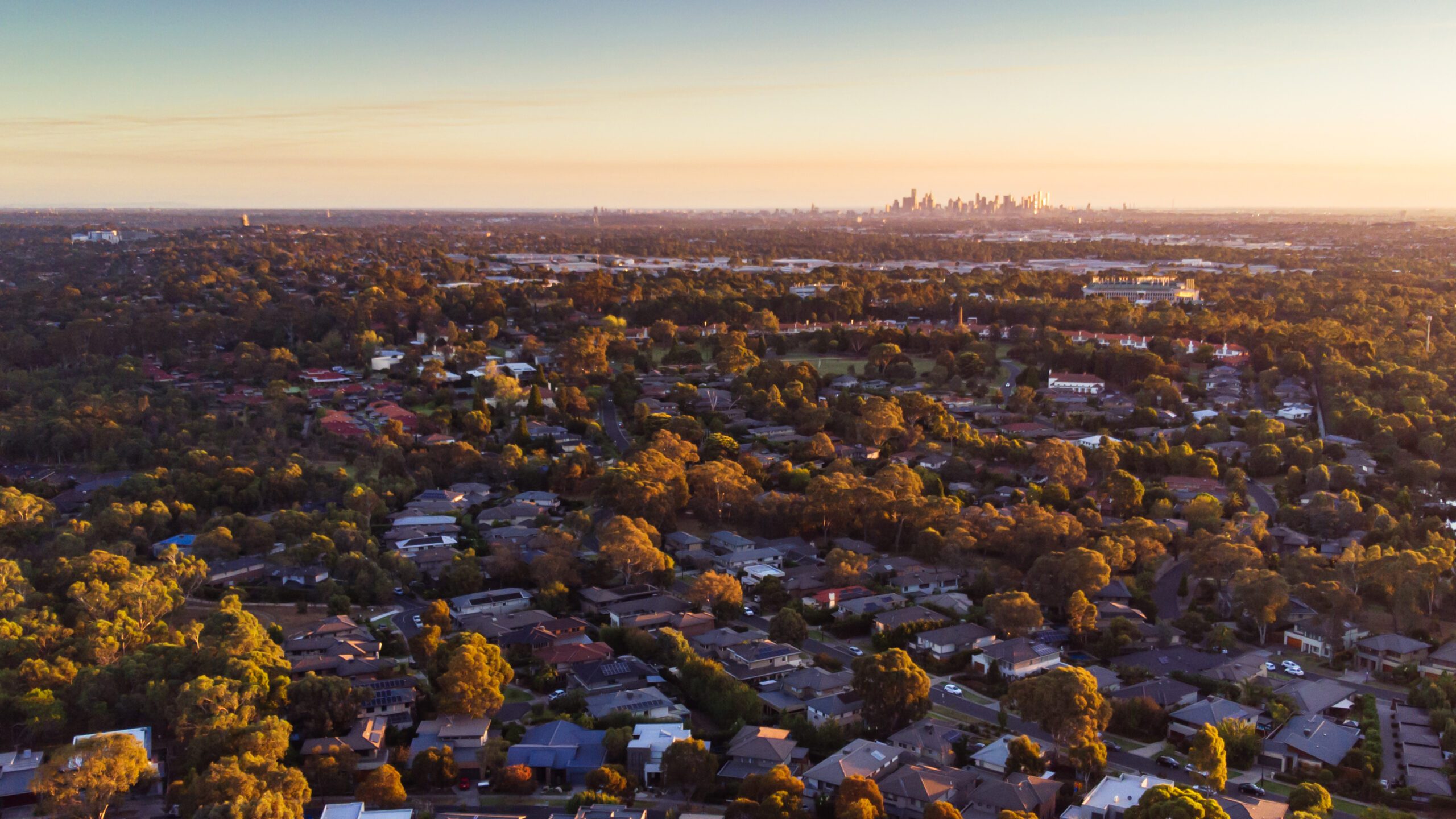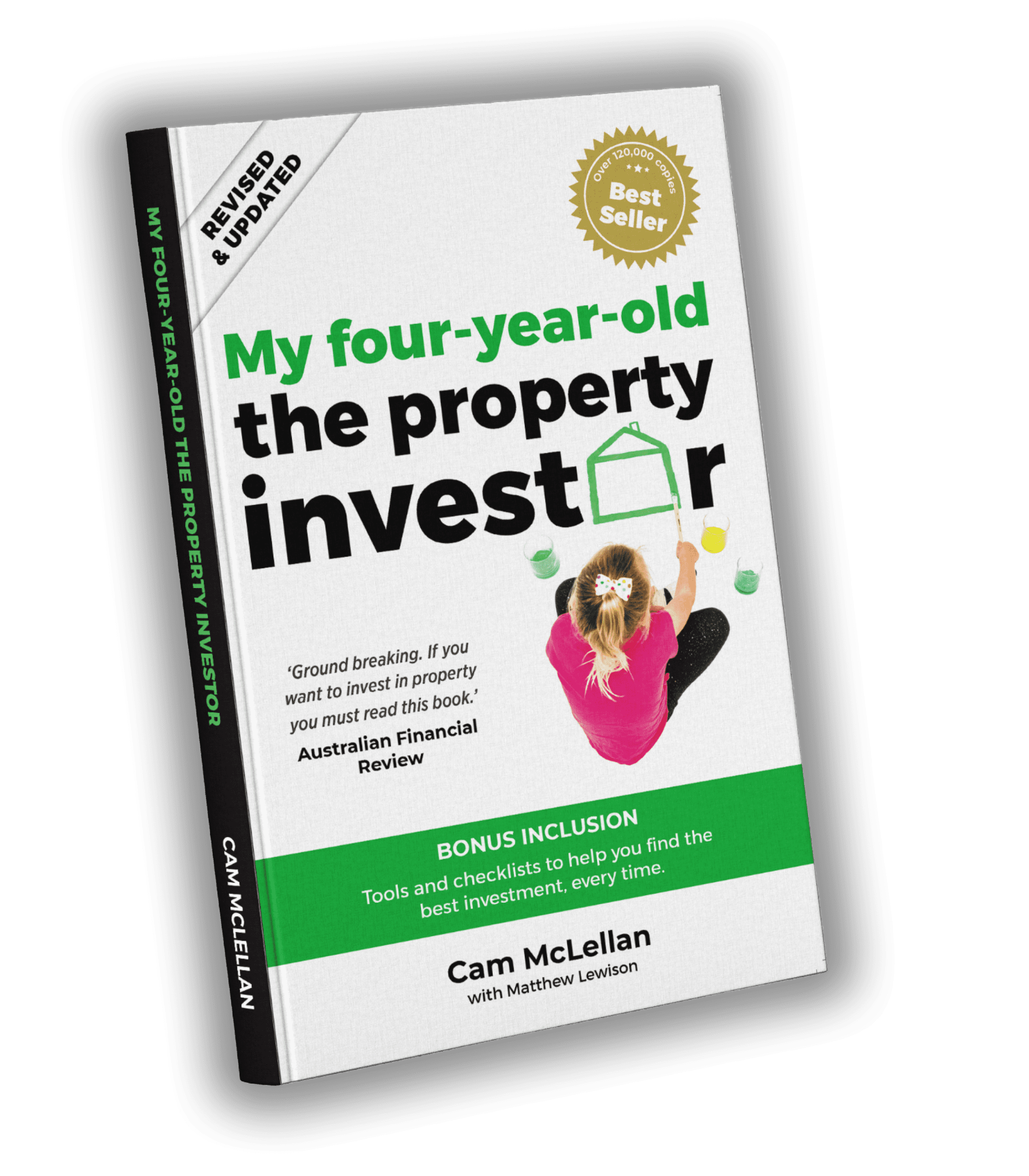By Matthew Lewison
Many investors starting out on their journey look at potential returns on an “absolute value” basis. This means they consider how much profit they will make, often assessing a project margin as a percentage of costs and they decide whether to invest or not. While this isn’t necessarily a bad thing, as profit margin or total profit is important to gauge as a return on risk, what it fails to consider is the compounding effect that delays to their investment have on their long-term wealth.
When I started out doing small-scale developments in my late teens/early 20s, my strategy was to acquire older homes with large backyards that could be sub-divided to create additional units. These were purchased without the benefit of planning approvals so I’d engage the surveyor, architect/draftsmen, town planner, etc. and run a full planning application. As I was only starting out, I didn’t have the network to determine who the best consultants were and often I’d be held up with design, then with council, and it generally took a year to 15 months to get an approval. I’d then get a builder on board to run the building application, which took another three to six months, and then the works would take place. I was making a great margin on the project so never had cause to complain or reassess what I was doing.
Parallel to my burgeoning development interests I was studying degrees in corporate finance and civil engineering. This gave me the aptitude to question my own investment approach and made me realise the folly of my strategy. While I had managed to do three developments in six years and made good profits, I’d potentially only achieved 30 per cent of what I could’ve achieved had I considered the time value of money. To give some perspective, my first project was a dual-occupancy development in Bayswater, which required $100,000 capital/equity contribution. The project took two and a half years and when completed I’d made $70,000 – a 70 per cent return. I was laughing because I’d sold off the older front house and kept the new units so there wasn’t really any tax and I had a cash flow positive investment. “Great project – let’s do that again,” I thought.
The next project was a similar type, this time taking two years instead of two and a half, so I was four and a half years into my development strategy and had only completed two projects.
I was going wrong by thinking that buying something without a planning permit made me the most profit. While that is true, it also increases both my risk profile and the time required to complete the project and move on to the next one. If I could buy a similar property that already had a planning permit in an advanced state that I was happy with, I could get into the project quicker and get out much sooner. Sure, I took a hit on the margin, but these days most unapproved properties are over-valued as unsophisticated developers – as I was 17 years ago when I started out – don’t allow for a sufficient risk premium to take on planning risk. Therefore, they pay close to “approved site” value even though they have a year of planning ahead of them to hopefully get a permit. So, instead of making a 70 per cent return in two and a half years I realised that if I can make a 50 per cent return in one and a quarter years I’d be better off over the long-term.
The take away from this is that project profits should always be assessed on a three-axis basis: return on equity versus time versus risk. Each of these factors can be quite complex on their own so I’ll endeavour to provide some insights about this in the coming months.








